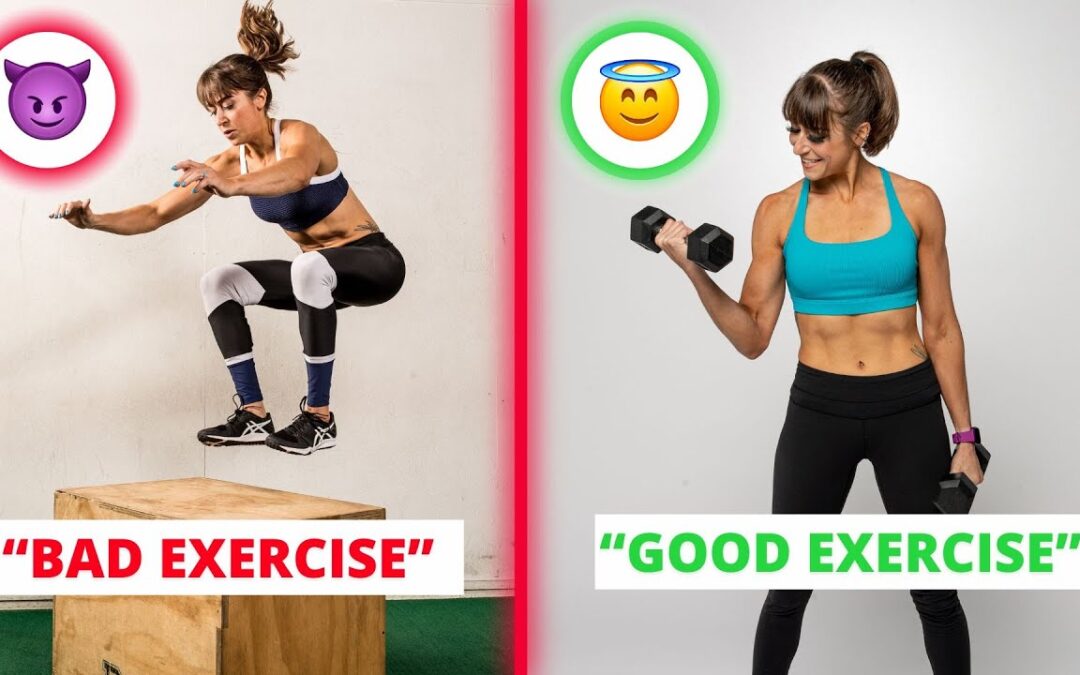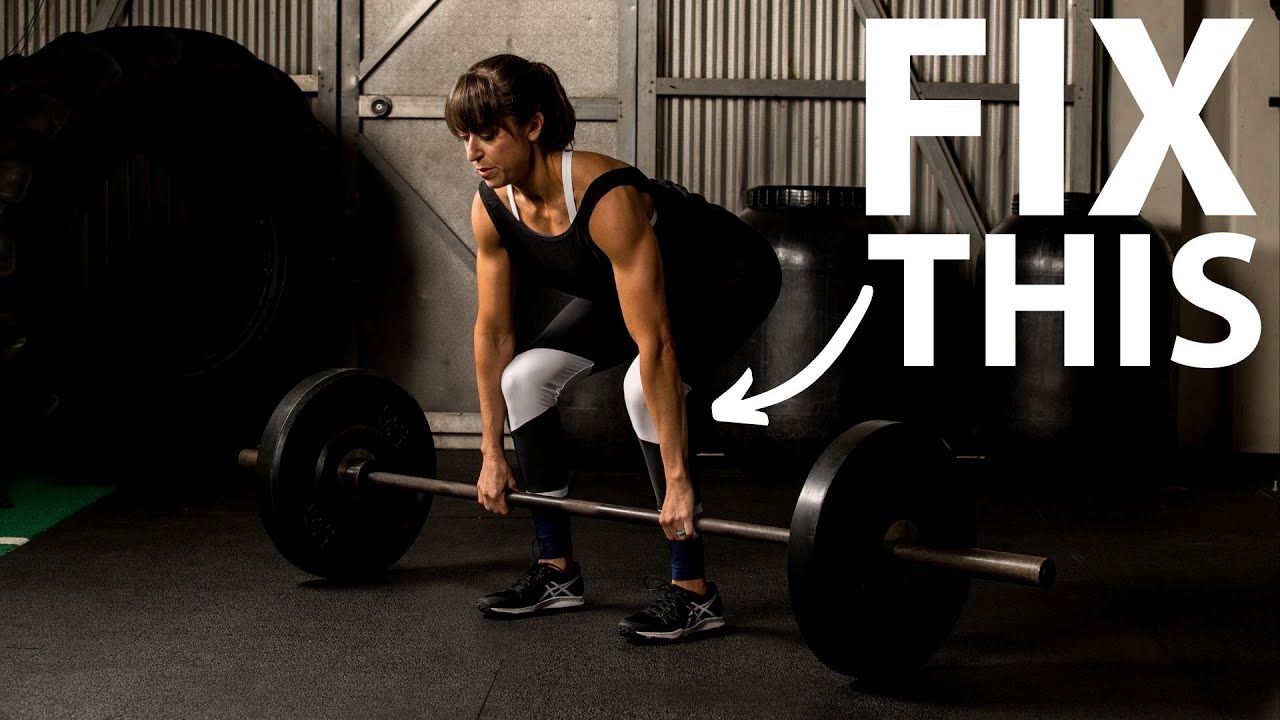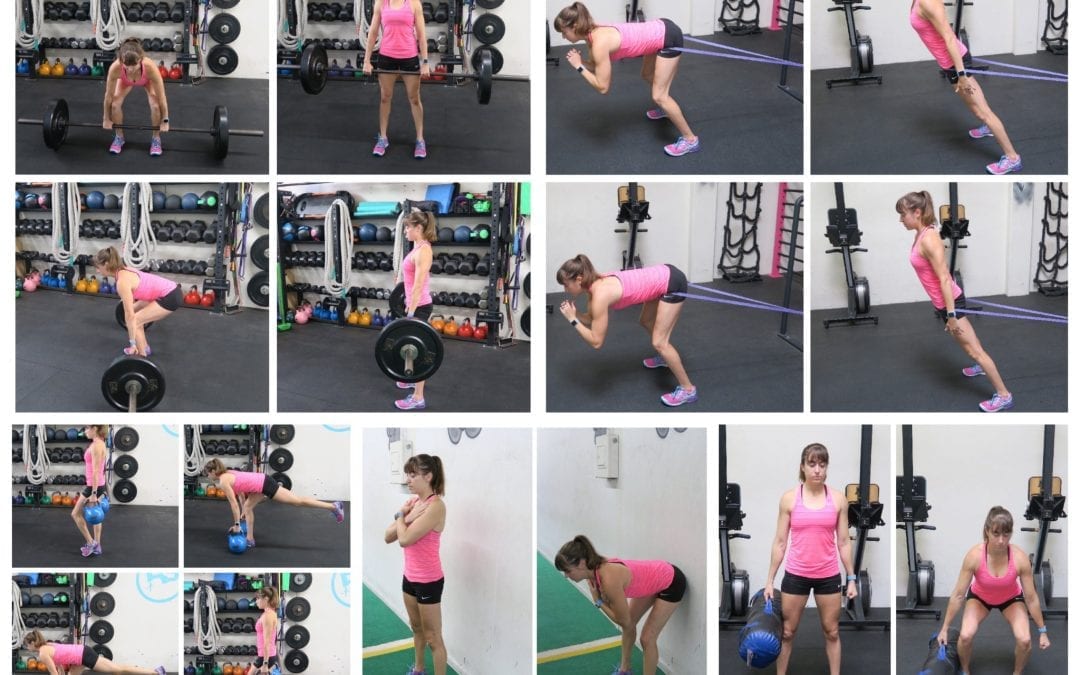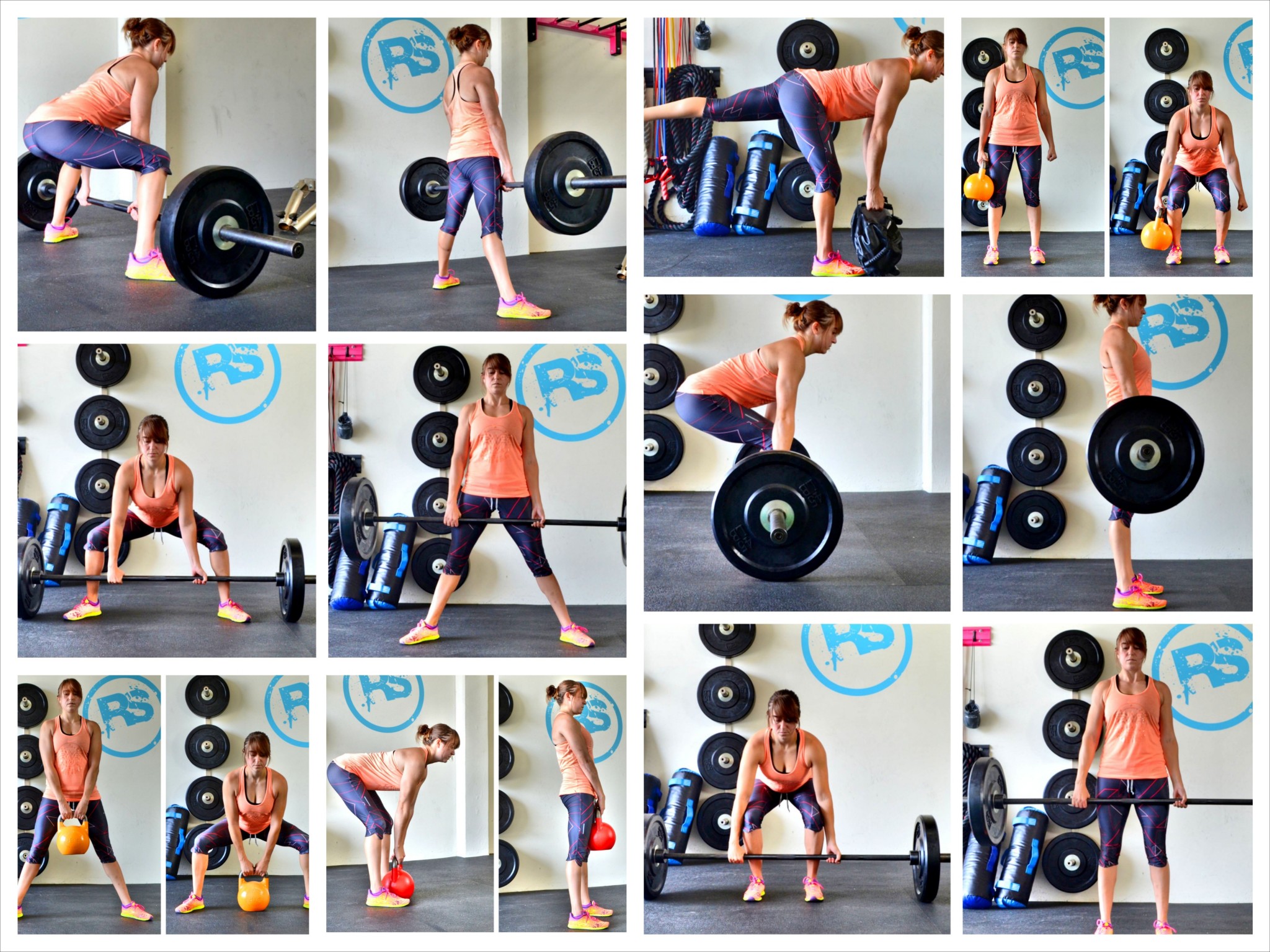
by Cori Lefkowith | Apr 28, 2024 | Blog, Exercises, Functional Fitness
The comment section can be…interesting to say the least. If you spend too much time there, you’ll find out there is only one way to do every move…but no one truly agrees on what that one way is… But everyone definitely has an opinion. And only THEIR way is the right...

by Cori Lefkowith | Mar 18, 2021 | Blog, Exercises
The Deadlift – This is personally one of my favorite exercises. It is a challenging hip hinge movement that works your entire posterior chain or backside. It is a move that is often demonized and feared for causing lower back aches and pains. But while this move...

by Cori Lefkowith | Sep 5, 2017 | Blog, Butt, Core, Exercises, Functional Fitness
I LOVE the deadlift. It is an amazing compound movement to target your posterior chain aka your entire backside. But it is also a more complicated move than we give it credit for. And there are a ton of variations to choose from. First let’s discuss WHY you...

by Cori Lefkowith | May 1, 2015 | Blog, Exercises, Vs.
Chances are you’ve heard you need to include the Squat or the Deadlift, or maybe even both, in your workout routine if you want to develop strong legs and glutes. And both are truly great compound moves that not only strengthen your legs and glutes but also your...

by Cori Lefkowith | Aug 11, 2014 | Blog, Butt, Exercises
If you want a full body workout in one exercise that really blasts your backside, then you need to include deadlifts in your routine. There are many variations of the deadlift, but all of them are a great posterior chain exercise to increase your back, glute and...






